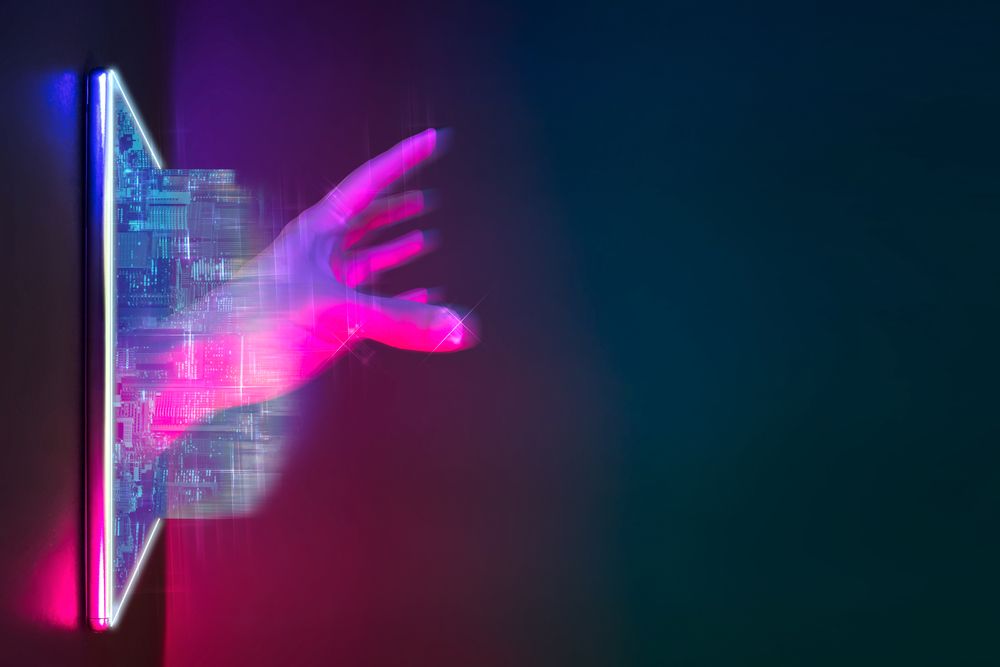The advent of Web3 has already seen a number of major fashion brands like Prada, Gucci, and Dolce & Gabbana warm up to its significant potential and jump straight into the metaverse. Moreso, companies like Adidas and Nike reportedly generated a whopping $137.5 million in NFT sales in 2022 so far.
Fashion’s curiosity with Web3 looks set to deepen, with the value of the virtual fashion industry expected to reach a staggering $50 billion by 2030, according to
Creative freedom
Web3 fashion has the potential to become a boundary-breaking realm where the only limit is one’s imagination. Digital avatars present no real-life constraints on fabrics, usage, or design, enabling people to embrace and express themselves more freely regardless of gender, sex or size, and designers are able to flourish, creating as they wish.
New revenue streams
NFTs and the $176-billion gaming industry can generate completely new (and potentially very profitable) revenue streams for the fashion sector. Why? Tech-savvy and younger cohorts are increasingly spending their time in virtual worlds: Gen Z spent an average of eight hours per day on their screens in 2020, and one in five Roblox gamers currently update their avatars daily, showing the enormous potential for fashion companies to step in as players are keen to elevate their online identities.
As
Louis Vuitton already has, having launched a video game to celebrate its 200th anniversary featuring collectible NFTs partially designed by Beeple, as has Gucci, with the creation of the Gucci Garden on Roblox which has so far attracted over 19 million visitors.
The emergence of new and exciting metaverse games like
Leveling the playing field
Web3 fashion has the radical potential to shake up the fashion hierarchy by improving accessibility thanks to its borderless nature. Both new and established fashion creators have the same likelihood of creating a successful metaverse-native brand, without ever needing to be physically based in expensive fashion hotspots like London, Milan, or New York. We’ve already seen overnight success stories, such as the previously unknown cyber fashion company Tribute Brand finding Web3 recognition, and there is no reason why this trend isn’t set to continue.
Providing sustainability
Web3 fashion could be the pragmatic answer to the industry’s huge sustainability issues, which have been accelerated by the widespread desire for fast fashion. In 2020, a McKinsey study concluded that by 2030, fashion will be responsible for a staggering 2.7 billion metric tons of carbon emissions a year if no change is implemented.
Fortunately, a recent study from
Web2 has changed how we buy and wear clothes, but Web3 fashion shows it has the very real possibility of changing the way we even think about clothing, as people move beyond the restraints of the physical world.
L O A D I N G
. . . comments & more!

